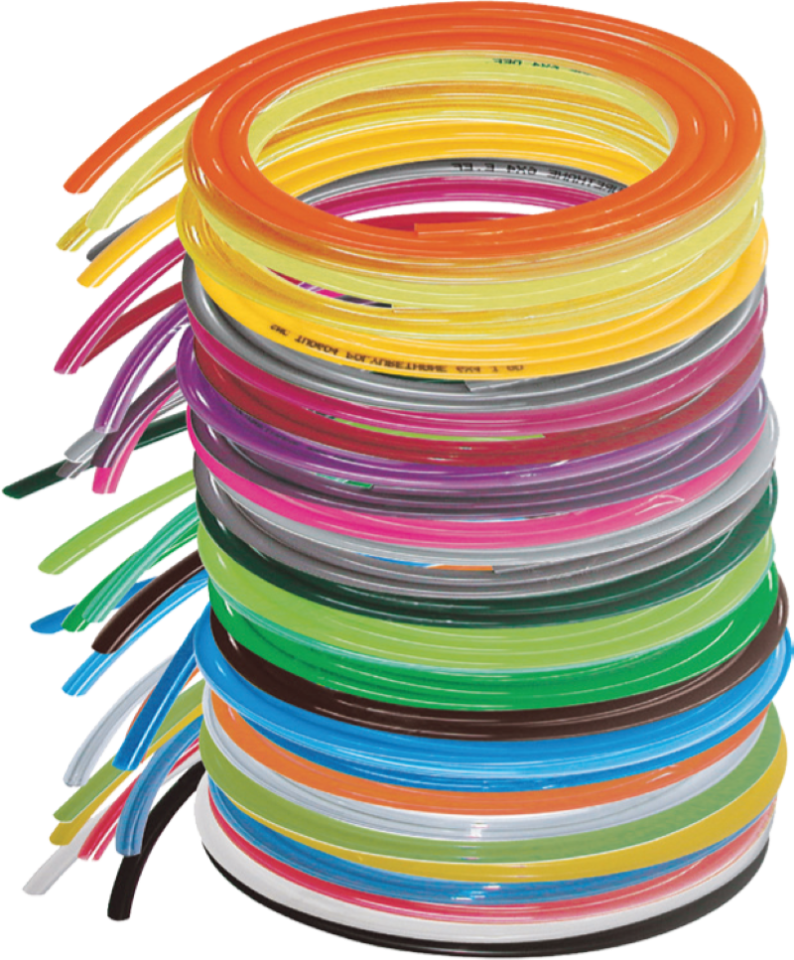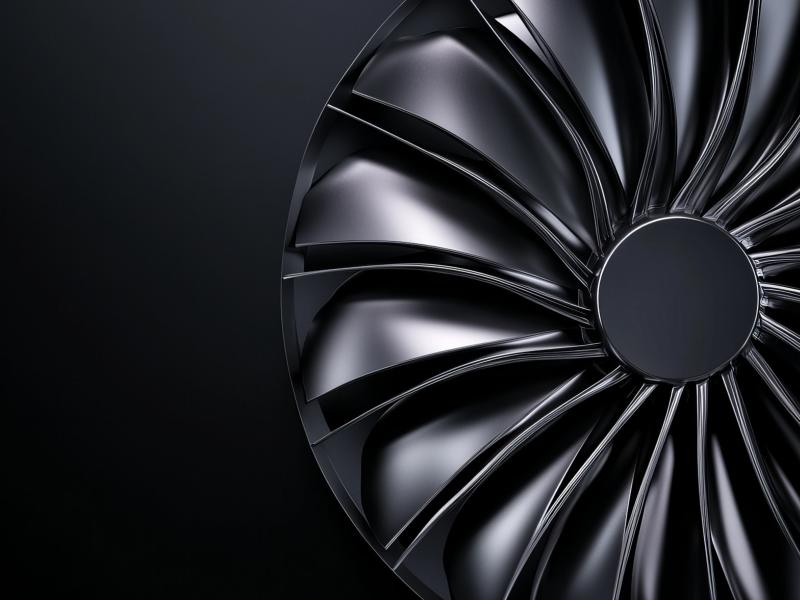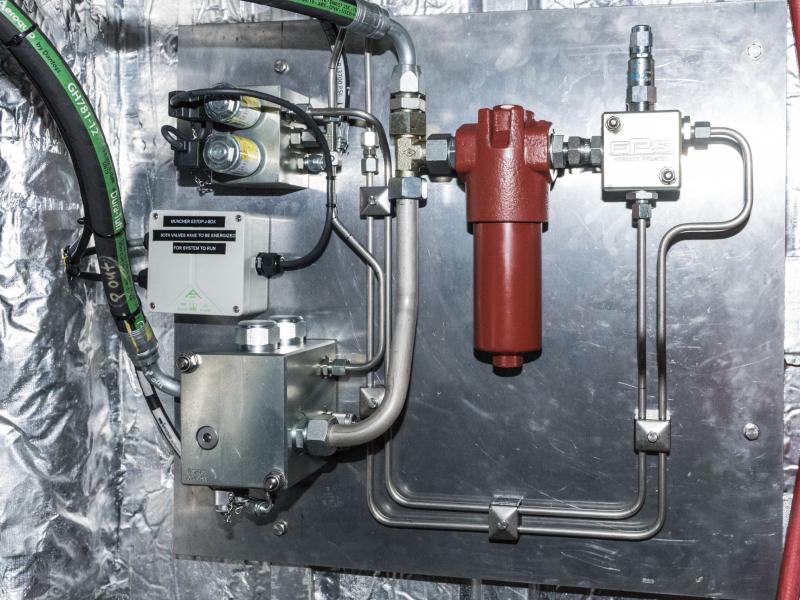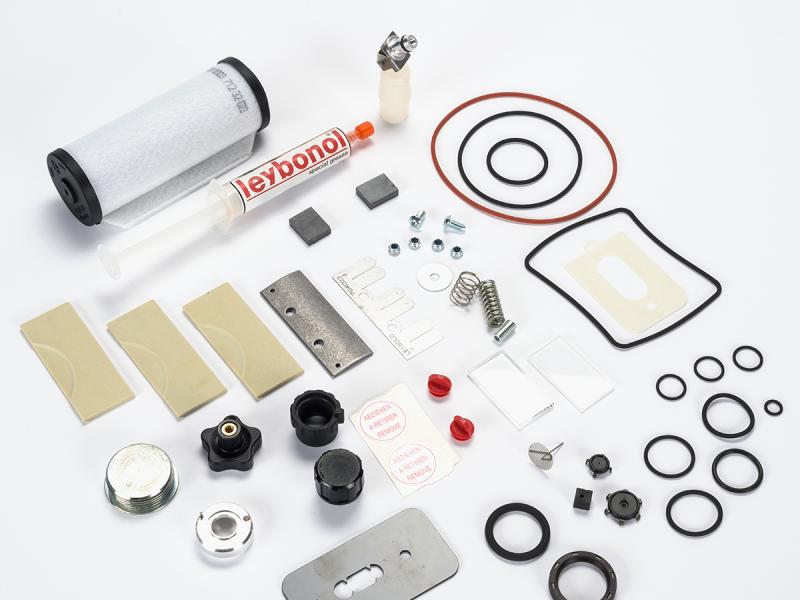So often we get caught up in high-tech system upgrades, that we tend to neglect the basics such as the perfect simplicity of one of the greatest pairings in pneumatics: fittings and tubing.
“In pneumatics, fittings and tubing are essential, complementary products used to connect and direct compressed air throughout a system,” says Robert Taylor, National Product Special from SMC Corporation.
“As some of our top sellers, fittings and tubing are always in stock and can be used across a broad range of applications and industries; and in conjunction with all our pneumatic solutions.”
Tubing 101: Maintenance Need to Knows
Speaking to the lessor known tubing maintenance protocols, Robert shares his top tips as follows:
“The replacement frequency of pneumatic tubing depends on several factors, including the material, operating conditions and environment.”
In terms of life span, polyurethane tubing should typically be replaced every three to seven years depending on the environment and its wear. Nylon tubing should be replaced every five to 10 years. “Replacing tubing is essential in ensuring continuous high-pressure in applications,” he says.
According to Robert, cracking or brittleness, leaks or reduced air flow, loss of flexibility, swelling or deformation and/ or discolouration are the telltale signs that it’s time for a replacement. “Checking your tubing can be a complex task as tubing tends to run hundreds of meters, however it’s advised to dedicate a resource to inspecting it once a year to ensure that the air is running through the tubing optimally.”
He breaks down the driving factors behind the lifespan of tubing as the operating pressure, temperature, chemical and UV exposure as well as movement and vibration.
SMC offers soft nylon, nylon, polyurethane, polyethylene and PFA tubing. “Whether it’s a clean environment or a harsh environment, we have something for every application.”
Fittings 101: Maintenance Need to Knows
Pneumatic fittings are used to connect tubing, hoses, and system components (like valves, cylinders, and regulators) to ensure efficient and leak-free airflow in a pneumatic system. They provide a secure connection between different parts while maintaining proper air pressure.
“Unlike tubing, fittings do not have a set lifespan; this is more about how many times tube is connected and disconnected, the condition of tube and again - environmental factors,” comments Robert. “These generally last a long time, and their replacement depends on, operating conditions and system maintenance.”
As a rule of thumb, Robert suggests replacing these every five to 10 years - unless they’re operating in a high-stress environment - which will require a quicker replacement time.
Speaking to the range, Robert shares that SMC offers one-touch fittings in stainless steel, metal and plastic. “We also offer insert fittings, miniature fittings, fluoropolymer hyper fittings and quick couplers.”
He concludes saying: “While we offer a comprehensive range, we urge customers to get back to basics. Spend some time looking at some of the fundamental, often overlooked areas in your factory. Getting the basics right is fundamental to ensure well run and efficient operations.”






